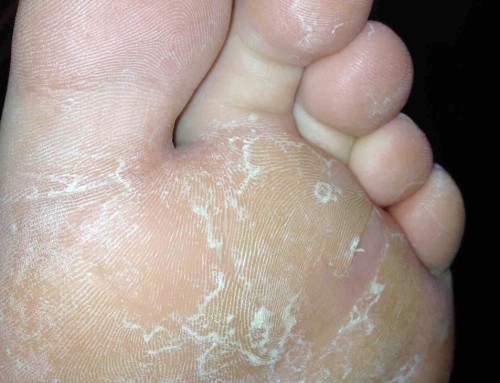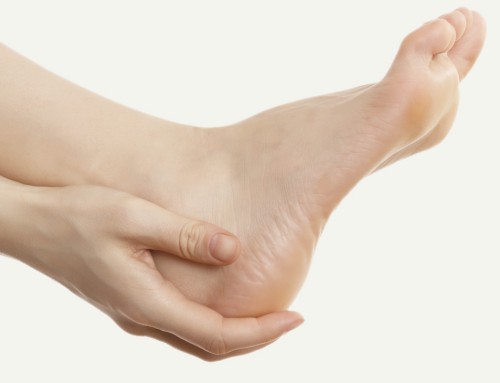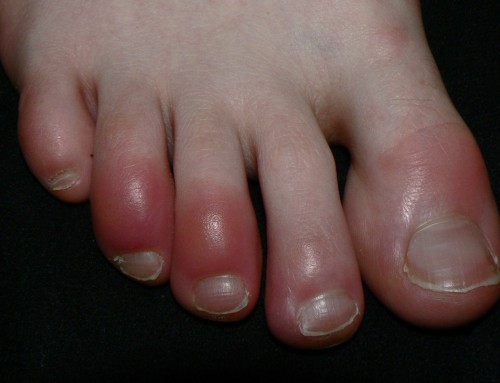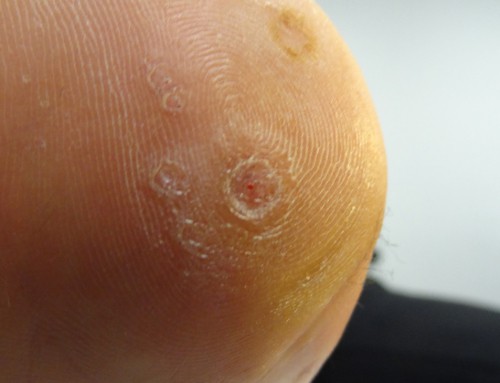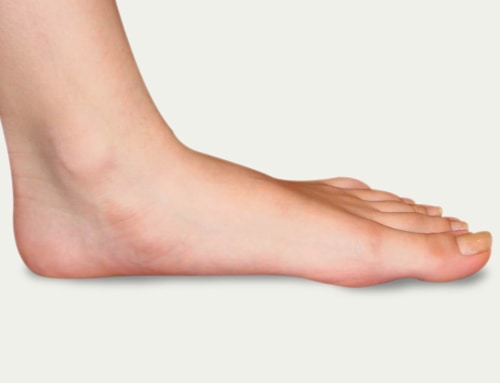Project Description

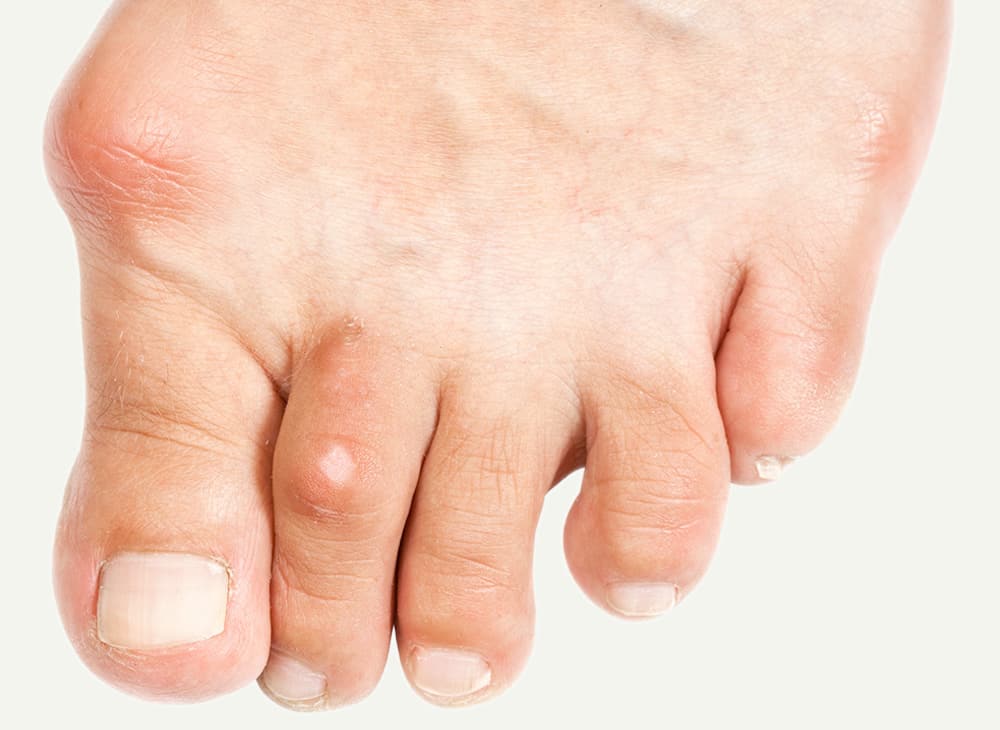
Bunions
A bunion or hallux valgus, is a change to the bone structure at the base of the big toe. It is an enlargement if the joint and a change in direction of where the big toe “points”, towards the second toe. This change in direction leads to an increase in the size of the joint, and often the formation of an overlying bursa which may appear red and swollen. A bursa is a fluid filled sack that lies under the skin but over the joint, it is the body’s way of protecting the joint.
Genetics play the largest part in determining whether or not you will get a bunion. Some people develop bunions after a specific trauma, or as part of the development of rheumatoid arthritis.
Females are more likely to develop a bunion than men, this has often been described as being due to the wearing of high heeled shoes. Although poorly fitting shoes can speed up bunion development, genetics play the largest role in determining if you will get one or not.
You don’t need to seek treatment if your bunions are not painful, and many are not painful at all. Being sensible with shoe widths is always the most appropriate thing to do. Good fitting shoes with a fastener are the best, so that you can get a good fit in the forefoot whilst enabling the shoe to hold onto the foot.
Painful bunions can be eased with a cold pack, or seek advice from you GP or pharmacy for pain relief.
Orthotics can often provide complete relief by offering more stability around the joint. They can’t reverse any damage done to the bone structure, but for many people they can achieve pain free walking when used in appropriate footwear.
In more serious cases the Podiatrist may refer you for Surgery.

